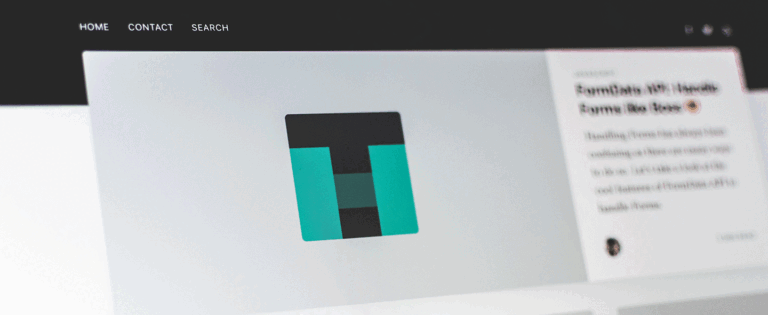
Remember life before the Internet? Some people have argued that no other invention has been more revolutionary since the invention of the printing press. With almost everything made available online, the entire world is now at your fingertips, and you can get almost anything you need with the click of a button – that is, if you’re able to use a mouse, see the screen and hear the audio.
Assistive technology helps users access websites despite their disabilities. Therefore, it’s important to ensure that your content is created and written with this mind so that all users are able to access your website.
More than 19% of the U.S. population has a type of disability that accessibility standards and content strategy best practices can help with. However, according to our webinar poll, the majority of attendees have no idea which disabilities are covered when we talk about making website content accessible.
Accessible content doesn’t just benefit those who are visually-impaired. In fact, there are 4 federally-recognized disabilities that need to be kept in mind when making your content accessible.
In addition to the blind, people who are color blind, legally blind or have cataracts also fall under this category. Screen readers make it easy to access that information by reading the text out loud. Consider using:
Anyone who uses a hearing aid or is deaf will have trouble viewing or listening to multimedia content – such as videos or podcasts. It’s helpful to include captions and transcripts on all videos.
Motor and cognitive disabilities make it difficult for users to use a mouse to navigate the website or focus on something on the screen. Make all functionality available on a keyboard – such as using headers to allow users to use the TAB key to move from section to section.
We have the power to revolutionize the way people with disabilities access information. The technology is in place to ensure success, and with the right training and proper considerations during the content creation and editing process, you can ensure content is accessible by all.
Interested in learning more about how to make your website more accessible? Contact us today for more information about website accessibility, request an accessibility assessment, and pave the road for a more accessible website.